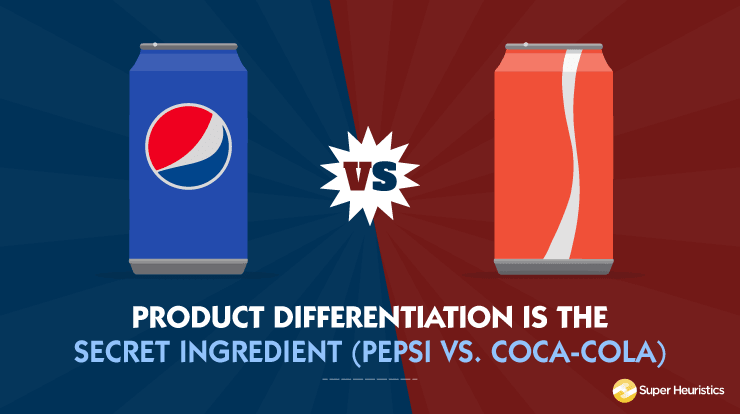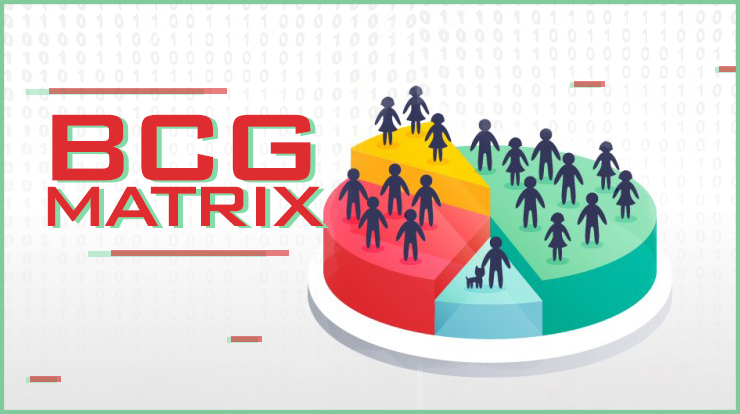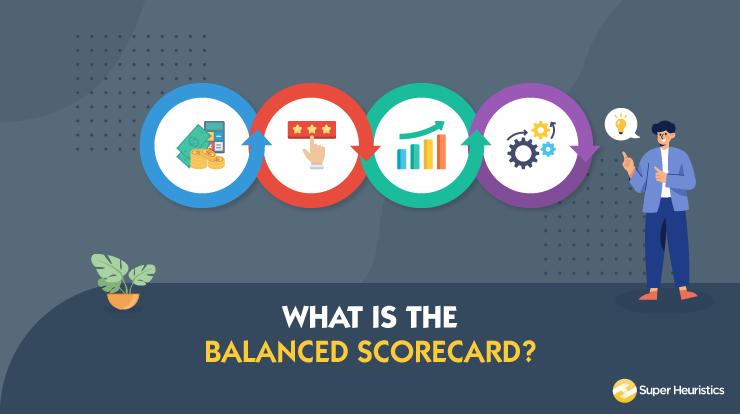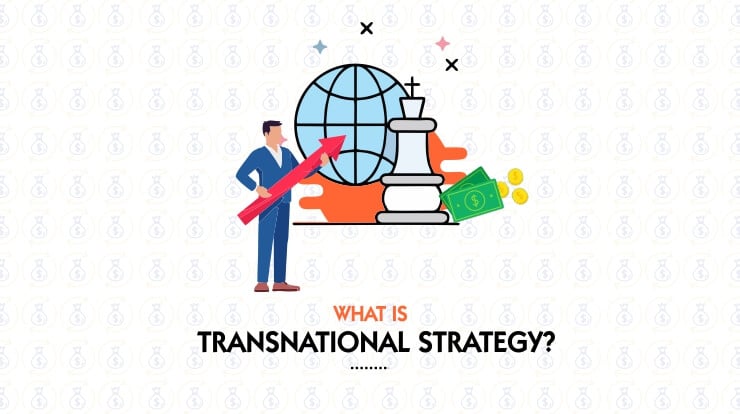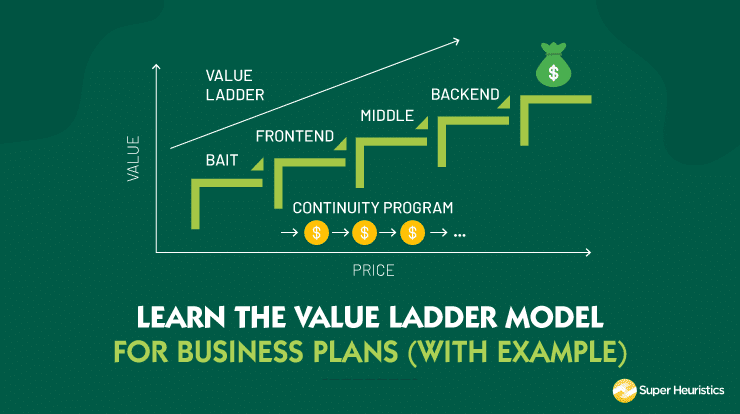
The most important concept in the domain of marketing is the concept of a sales funnel. A sales funnel is a marketing tool that maps out the journey customers go through while making any kind of purchase. You as a marketer empathize with the buyer at all times and design your offering aligning to their behavior in different stages. But there is one other model which has to be conceptualized parallel to your sales funnel, which is the Value Ladder Model.
Think of it this way. When you are thinking about your future customers moving through your sales funnel, what is it that motivates them to move to the next step. The transition from being aware about your business to purchasing your product involves an evaluation based on two decision variables- The Value derived from what you offer and at what cost.
At all times you have to remember, that the no. of prospects you are not able to convert as final paying customers is nothing but lost revenue to your business. And just to quantify what I say look at some figures of conversion rates from various Industries:
- Finance is the Industry which leads with the highest conversion rate of 5.01%
- The industry with highest E-Commerce conversion rate is art and crafts with 4.01%
- The global average website conversion rate based on multiple marketplace conversion rates is 4.31%
Which means for every 100 customers who will visit your website, you will be able to convert just 4.31 customers out of them going by the average figures. The rest is just lost revenue. I think now it makes complete sense to learn the Value Ladder Model which is explains ‘Why’ customers move ahead or drop off from your sales funnel.
What is the Value Ladder Model?
A value ladder model is a map to strategize how you plan to serve your customers as they grow with you. You map all your products and services that you have to offer in the ascending order of value and price.
There are two things that you need to understand for starters:
- It is often easy and also pocket friendly to retain already acquired customers rather than going on a lookout for new customers
- By value we not only mean a new product offering but it can also include providing value by saving people time.
Have a look at this info-graphic to understand what a value ladder looks like:
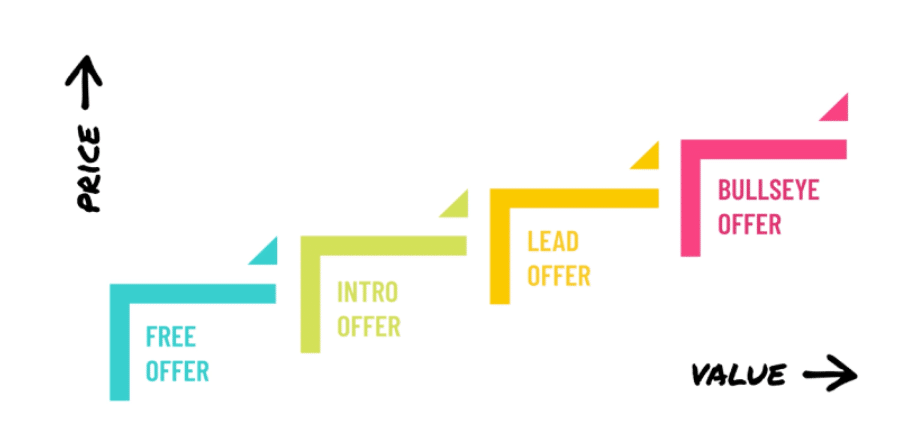
The value ladder has tiers of ascending products or services progressing through ranges of price and increment of value at each tier. You ultimately want the customer to buy your premium product from you but this may not happen if you directly take the customer to that premium offering.
You might find this video useful:
In order to understand it better, I will narrate you a situation from which all us have been through. You are in middle of a competition and you need the most prefect template for your presentation. You look through the web and see a site which has some awesome templates to offer.
Just when you think you have found the right fit to what you have been looking for and you click on the download button, you are redirected to their subscription page. The price reads $14.99 as the monthly subscription charge. You are someone who requires these templates once in a blue moon and hence it would crazy to buy the subscription at this hefty amount.
That’s how customers weigh the value that they get from the prices that you charge.
In the same search results, you find a website that gives you some templates for free. There are other more premium templates that require you to pay the subscription money. You are more likely to download a template from this site. It is even more likely that you will be assured that the site has some quality templates to offer and whenever you are considering to buy a subscription, this website will be a winner.
Until now we have talked about the Value Ladder Model from the customer’s perspective. Let’s now try to understand the same by analysing what it means for a business.
If you come across the term Product ladder and may wonder What is a Product Ladder? Then I must tell you that it means the same thing as the Value Ladder Model. You can call it a product ladder when implemented for products where in you incrementally add features and price these offerings accordingly. In case of a Service Ladder you implement the same for services.
Why to Use Value Ladder Model as a Marketer?
In order to understand importance of the Value ladder model, consider these three prospects with varying budgets to spare.
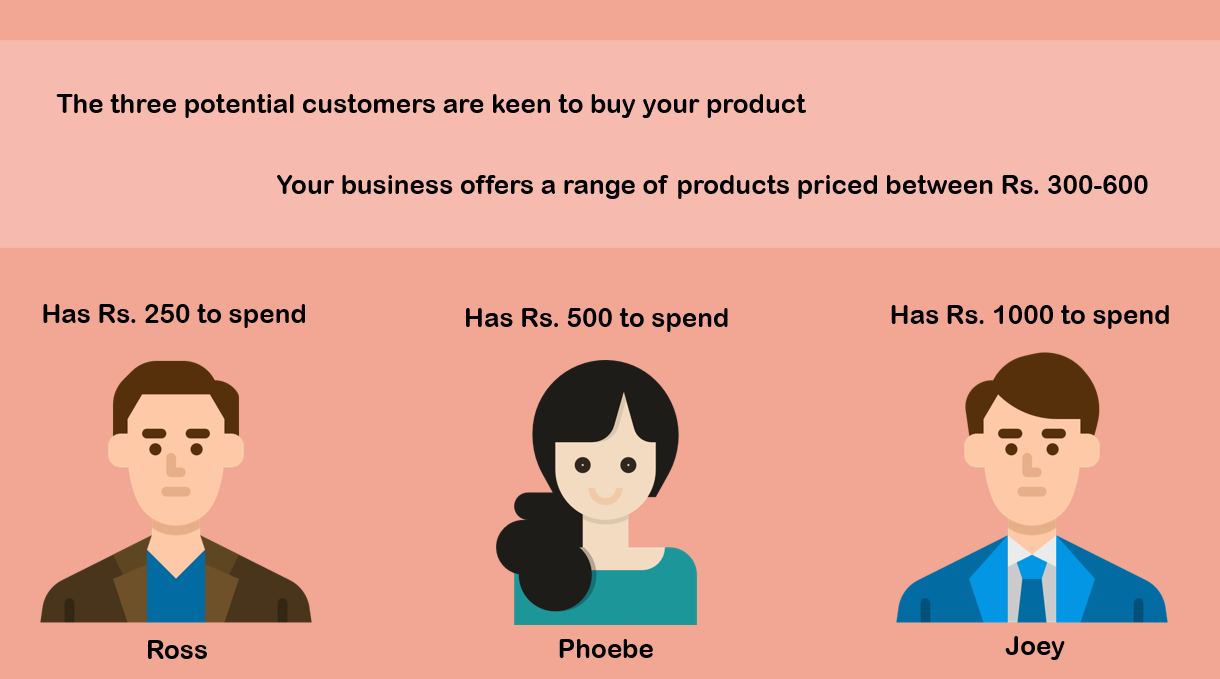
Ross will not be able to make any purchase because your price ranges are above what he has to offer.
Phoebe will be able to buy a range of products which will essentially be less than Rs. 500 as it is consumer behaviour to look out for price bargains. But for the sake of simplicity, we will assume that she spends all of the Rs. 500 with her.
Joey with more money at hand than the price range of your products is more likely to buy the most premium offering which is priced at Rs. 600. He still has Rs. 400 and left in his pocket which he might have used to buy some of your offering
Now if you compute the probable sales that should have happened because of the spending power of these three customers we would have reached: 250+500+100=Rs. 1750
But in this scenario, we are able to earn: 500+600= Rs. 1100
If calculated in percentage terms, that’s 37 percent approximately left on the table that we could have leveraged.
Now if we think of another scenario. You have thoughtfully curated your value ladder and your offerings look like this.
You offer some products for free or minimal cost. Ascending up, you have products priced at different amounts like Rs. 100, Rs. 250, Rs. 400, Rs. 650 and Rs. 1000.
Now understand how the sales pattern changes.
Ross takes the free offering and he finds the content very useful. He likes what you have to offer and hence is more likely to spend another Rs. 100 for the other product. It is more likely that if he keeps finding value in your product, then he may even upgrade to the maximum price point that he has to offer which is Rs. 250.
In case of Phoebe and Joey too, based on the value they derive from the free offering, they are more likely to buy next 2-3 tiers at the same time.
You can completely leverage you customer’s buying power to increase your bottom line. But then again, Marketers cannot be selfish! At all times you have to only think about creating incremental value for the customer rather than focusing on gaining revenue. Sales happens as a by-product.
By now we have complete idea about the value ladder model. Let’s move forward to learn how to build one for our business. With the right understanding, you can make use of this tool in a lot of B-School case studies and competitions.
How do you Make a Value Ladder?
Before moving on to the steps in designing a value ladder, we will once look at what are the tiers in a Value Ladder Model and how should we go about with the right objectives in mind.
Tiers in a Value Ladder Model
Tiers are nothing but the steps in the Value Ladder. There is no upper limit to the no. of tiers you may have for your business offerings. You just have to think of various price points that help you create more opportunity for the potential customer to convert into a paying customer.
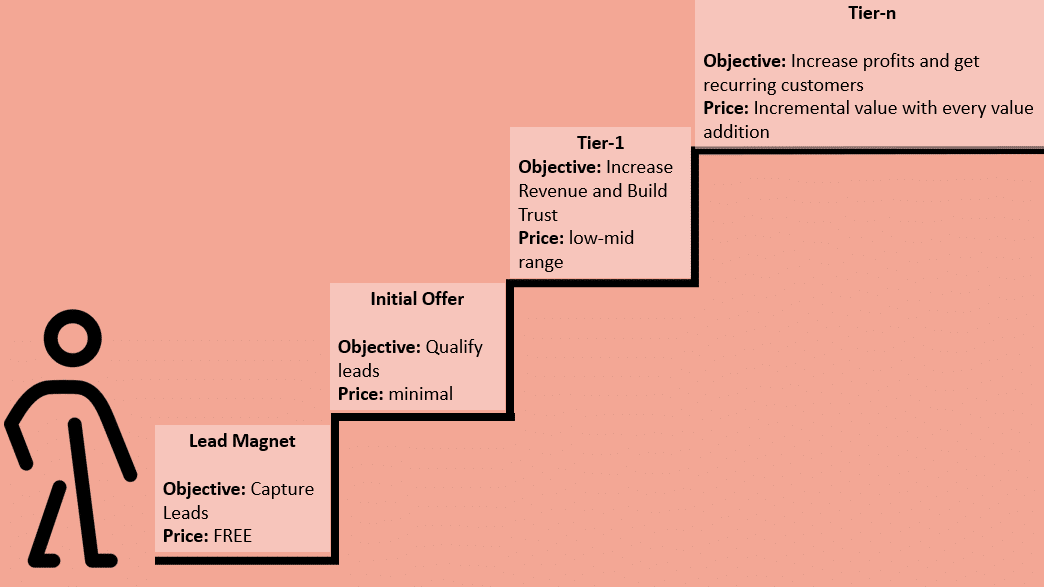
With that let’s move on to the steps of how to create a Value Ladder. Just think of yourself as the marketing manager in an advertisement firm. Your most premium offering is delivering strategic Go-To-Market strategy plans for you clients.
Step 1: Instant Free Solution to an Immediate Problem
You have a FREE worksheet template for planning the launch of a product service. Whenever any client visits your site and come across this free offering, he/she downloads it by providing their email in return. Always remember that these free solutions should be aimed at solving an immediate need of the potential customer
Step 2: A complimentary Free Offering to Engage Further
You could have a provision for potential customers to sign up for a 1 to 1 call with your team. This allows clients to gain real value straightaway with no risk involved. You have better chances of building trust and is a good exercise for you to qualify the potential customers
Step 3: A Solution to One of Their Problems at a Low Cost
You can provide them an email marketing toolkit at a marginal cost of Rs. 1500. This helps the potential customers to experience your business in real. Email marketing is one necessary tactic they are looking into and hence they take this offering because of the value they are getting at this low cost. Always remember that you should put in oodles of value for the customer in this step-in order to latch on to your prospect.
Step 4: Intermediate Offering to Build Trust
The clients are liking your services and hence they expect more from you. You take your offerings to the next level and provide a week-long session for planning out the strategy at a price of Rs. 5000. It is highly likely now that the prospects would have tried your other offerings and are ready to pay higher amounts to you because you have been constantly delivering value in all your attempts.
Step 5: Upsell Your final and Most Premium Offering
Your most premium offering is the full-fledged GTM Strategy for the client. Going through your other offerings, the client has high degree of trust in you and can now think of investing the big amount you demand at this stage.
The variations in your offerings are not bound to just these five steps. The basic idea and objectives remain the same but you can customise your ladder depending on your business and more importantly your target markets requirement.
One important thing to observe and always remember is, the potential customer will progress with you only if you offer incremental value to them. This strategy will fail if you only diversify your product offerings and forget about adding incremental value.
I think one important learning from the Value ladder that we can take for our careers as marketers is:
“Revenue is the by-product of the value you deliver to the customer”
With that I will leave you with a video which will surely deliver value for you on this particular topic. It sure is a bit long but then, you weigh your time based on the value generated.
Conclusion
- A Value Ladder Model is a tool to build relationship with your potential customer that makes use of ascending relationship between value and price.
- Customer value is the center of deciding the variations in offerings and never your desire to earn more profit.
- It helps businesses to ensure that they are not leaving any money on the table by making sure you provide the most value to your clients.
- Revenue maximization is always the by-product of this strategy.
Also Read: What is Value Based Pricing – The Best Way to Price Anything

